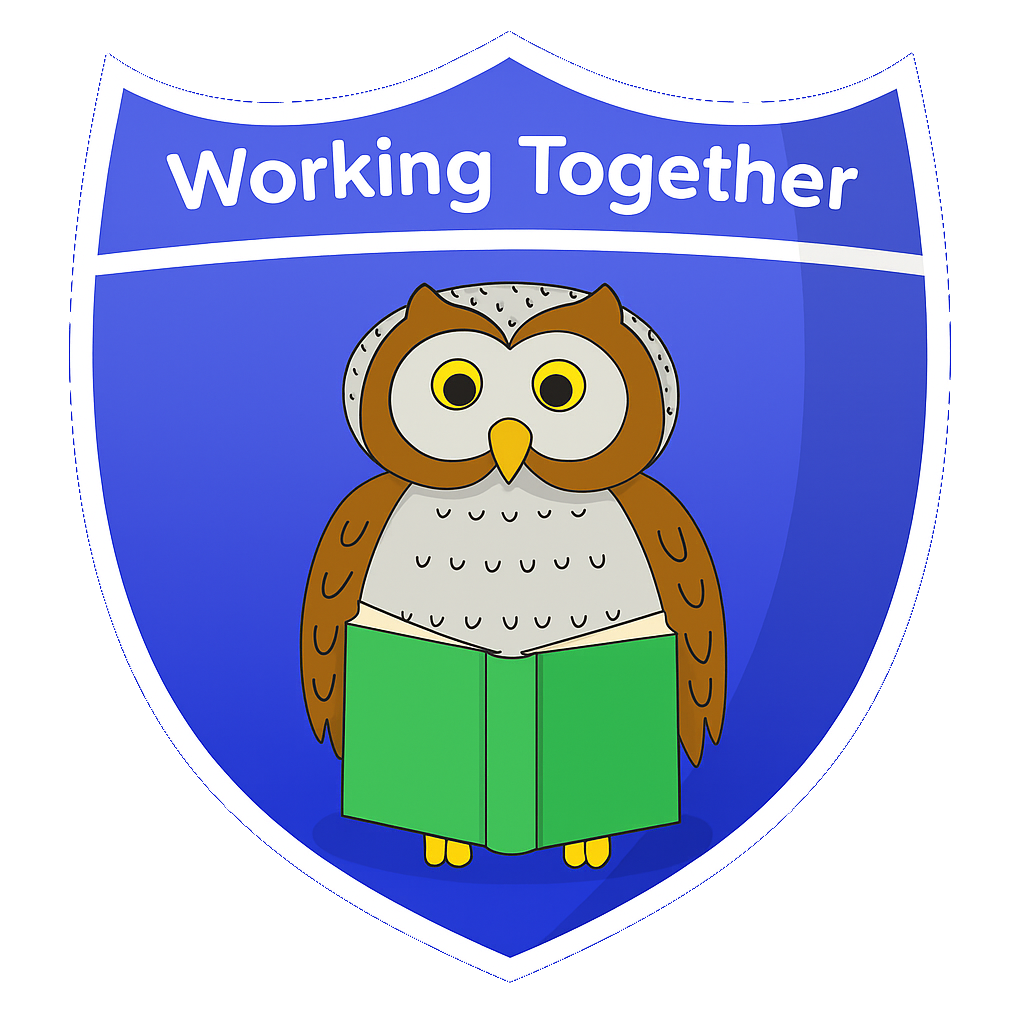Mathematics
Maths concepts taught in Reception each term and how you can support your child at home
Summer term
- Number bonds- know all the different ways to make 5 e.g 2+3, 4+1 etc and all the ways to make 10 e.g. 1+9, 2+8, 3+7 etc.
- Subtraction- understand how to take away and recall all the subtraction facts for 5 e.g. 5-1, 5-2, 5-3 etc.
- Sharing- sharing amounts fairly between two groups, then three and four. Practise this by sharing out fruit or toys into equal groups
- Doubling- understand that to double a number you add two of the same number together. E.g. Double 3 is 6 (3+3). Learn all the doubles for numbers up to six.
- Halving- know that when you halve an amount you have two equal parts. You can halve objects such as pizza or cake and you can halve amounts. Using objects halve them by separating them into two equal groups and then finding out what half of that amount is. E.g. half of four is two.
- Odd and even numbers-. Knowing that even numbers are numbers that can be shared equally into two groups, such as 2, 4, 6, and 8. An odd number cannot be shared equally in two because there is an 'odd one out' left over.
- Spacial reasoning- using shapes to create objects, seeing shapes within pictures and combining shapes to make new shapes.
- Building numbers beyond 10- counting up to 30, building numbers beyond 10 using cubes and ten frames, beginning to see how many tens and ones there are in a number up to 20.
- Counting patterns beyond 10- seeing patterns within numbers and spotting missing numbers on a number line.
- Money- recognising the following coins: 1p, 2p, 5p, 10p, 20p and adding coins together to buy an item
Spring term
- Capacity- encourage your child to understand and use the language of capacity by filling up and emptying containers with water. The vocabulary your child needs to use includes empty, full, half full, half empty, nearly full and nearly empty.
- Understand partitioning- splitting whole amounts into two parts. For example understanding that four can be split into one and three, two and two etc. You can reinforce this at home by splitting four or five toys into two groups and finding out how many there are in each part.
- Gain an understanding of the number bonds for four and five e.g. all the different ways to make the numbers- 1+3, 2+2, 0+4, 3+1 and 4+0 all make four, 1+4, 2+3, 5+0, 4+1, 3+2 and 0+5 all make five.
- Understand how to subtract different amount from four or five using objects.
- Recap matching pairs- how a matching pair must be the same object, the same colour, the same size and the same shape and there must be two of them. Extend your child's understanding by supporting them to count pairs of objects such as socks.
- Continue to add amounts together but encourage your child to 'count on' from the greatest amount. For example when adding two and three together rather than counting each object 1,2,3,4,5, count on from the greatest amount- 3,4,5.
- Learn about numbers 9 and 10, you can count forwards and backwards up to these numbers, jump, clap, nod etc 9 or 10 times. Make a number line up to 10, find one more/fewer up to 10 using objects.
Autumn term
- Matching- understanding that a matching pair is when two pictures or objects are exactly the same- playing pairs with cards can reinforce this skill.
- Sorting- sorting objects according to their properties this could be colour, shape or size. You could support your child at home by encouraging them to sort out toy cars, bricks or shapes in the same colour, shape or size etc.
- Repeating pattern-using objects to make a simple pattern in a line that repeats e.g. orange, apple, orange, apple etc.
- Learning about numbers 1, 2 and 3- recognising the numerals, recognising die patterns, knowing the order of the numbers, counting objects to find the total, adding amounts up to three and taking away from three.
- Learning about numbers four and five- recognising the numerals and die patterns, counting objects, order numbers 1-5, finding one more or one less than a number up to five.
- Learning the vocabulary of weight- heavy, not heavy, light, heavier, lighter, heaviest, lightest and weighing items using scales to find out which items are heavier or lighter.
- Using positional language such as on top, in, under, behind, in front, next to and beside.
